Last month, we reported that Seat was to stop making cars; 38 years ago, we covered the Spanish brand’s arrival on the UK market.
It was founded in 1950 by the fascist dictatorship in alliance with Fiat and virtually built a car industry in Spain from scratch. The next three decades it spent making rebadged Fiats – until it surprisingly got dumped in 1982.
It swiftly set about developing the Ritmo into the Ronda, which elicited a lawsuit from Fiat – but enough changes had been made that Seat emerged vindicated.
It then started developing an entirely new car, the Ibiza (with Porsche’s help), to launch in 1984. Meanwhile, Spain’s government sought a new partner from Japan or Europe, but as it happened Volkswagen bought control, as it wanted to expand out of Germany.
Seat in turn started to expand its horizons, including to the UK with its Ibiza, Malaga saloon and Malaga hatch (a rebadged Ronda).
How did Fiat, then Brits’ eighth-favourite car maker, feel about Seat’s exporting? “It’s a nuisance.”
Handsome and competent yet cheap, Seat’s range was supported by 80 dealers, their target a 1.5% market share within a few years.
“We’re doing a miracle in the UK,” Seat’s marketing and exports boss said in 1986, a year in which it would take a 0.3% share here. But it quickly stagnated in terms of both model appeal and volume and never really did fulfil its early promise, peaking at 3.0% in 2019.
The Isuzu Piazza Turbo begins to worry the UK market
Japanese car makers had poured into the UK in the late 1960s and early 1970s, but the second-oldest of them, Isuzu, didn’t arrive until 1985 – although it did so in much greater style than the likes of Nissan and Toyota, with the Piazza Turbo.
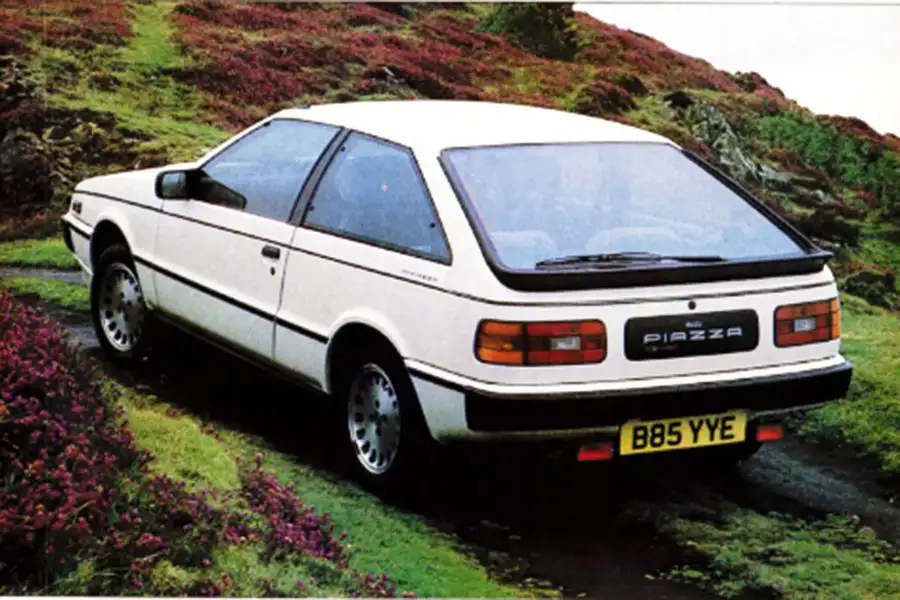
A blend of old and new, conventionality and novelty, the sporting coupé was based on the same General Motors platform as the decade-old Gemini saloon (and therefore also the Vauxhall Chevette); had styling by Italdesign founder Giorgetto Giugiaro, stemming from a 1979 Tokyo motor show design study; was rear-driven, when most of its rivals had recently switched to FWD; and had a 2.0-litre four-cylinder engine of Isuzu’s own design, turbocharged to 148bhp, when its closest rival, the Volkswagen Scirocco GTI, topped out at 139bhp.
Dealers scrabbled to sign up with newly minted Isuzu Cars GB, which wanted 30 to sell 600 cars in 1985 and 1800 in 1986, when the Trooper 4x4 was to arrive.
While we saw potential for a great enthusiast’s car, the news worried us, when Britain’s own mainstream car makers were already sweating. Our concern was centred on protectionism, Japan having erected “subtle paperwork chicanes” and Spain having secured “an amazing tariff protection deal” when it joined the EEC (now the EU).
“The bottom line is that the UK is a soft touch,” we said, “still clinging to the illusion that if we play the game, so will the others. They won’t.”
Formula 1 to boycott South Africa?
Apartheid – racial segregation – was enacted in South Africa by the ruling white minority in 1948 and brutally enforced thereafter. By 1985, unrest among black people was such that the government declared a national emergency.
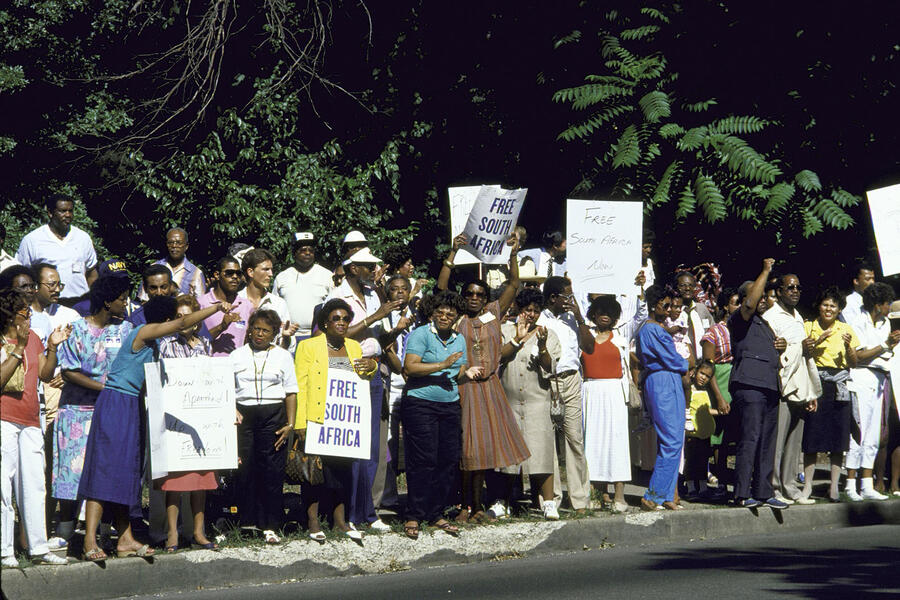
Since 1962, Formula 1 had been a rare sporting exception in not boycotting the country, but such was the violence there in 1985 that some didn’t want to race at Kyalami – and even came under pressure from their own governments.
In the event, only France’s Ligier and Renault teams didn’t go. But it would be the last South African GP until 1992, a year after apartheid ended.
Ayrton Senna makes his debut
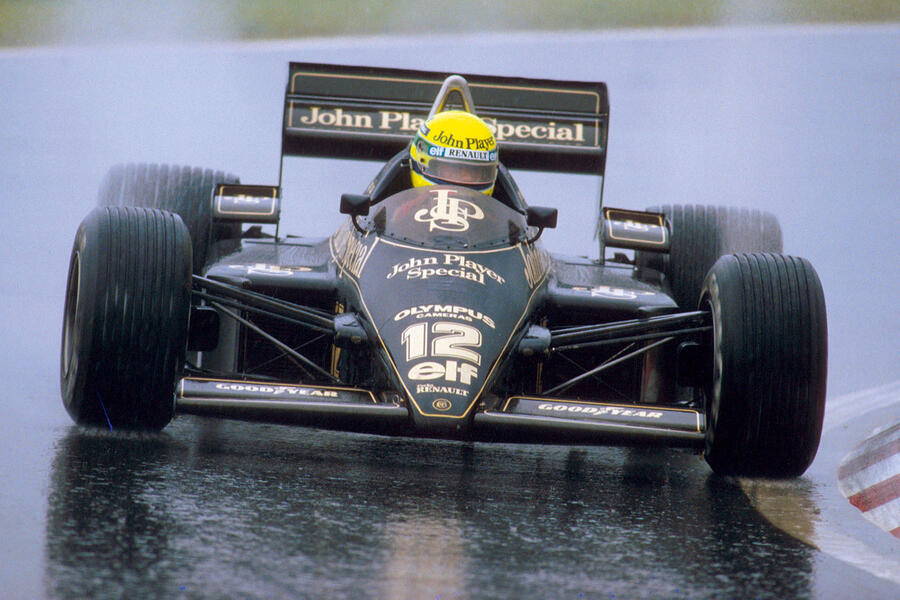
Among those who were unhappy to be visiting Kyalami was Ayrton Senna. Having grabbed the world’s attention in his 1984 debut F1 season with minnow Toleman, he had won in just his second race with Lotus, and in supreme style. Touting him as the finest of his generation, we gushed over his unique driving style, perfect judgement and brilliant co-ordination. “It is not magic,” the 25-year-old Brazilian said.
“There are no secrets. I simply put the power down when I can. Everyone drives like that.” Which, of course, was rubbish.

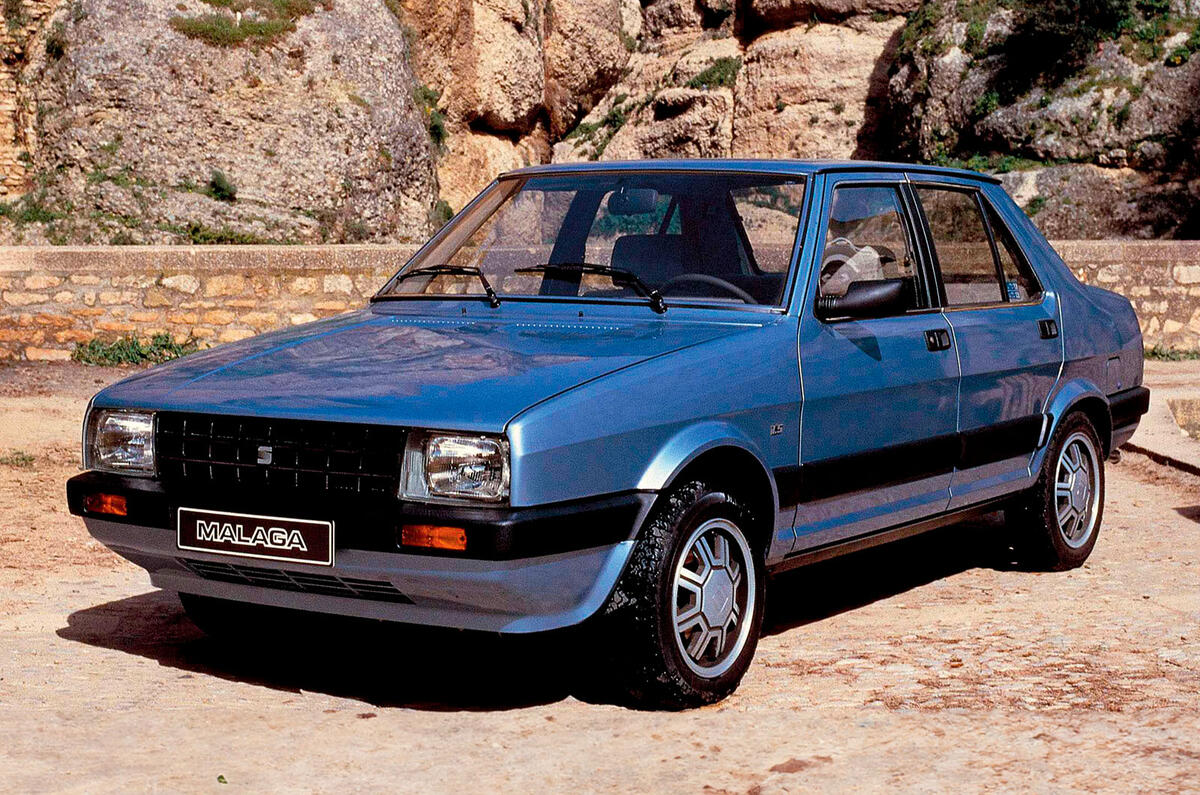
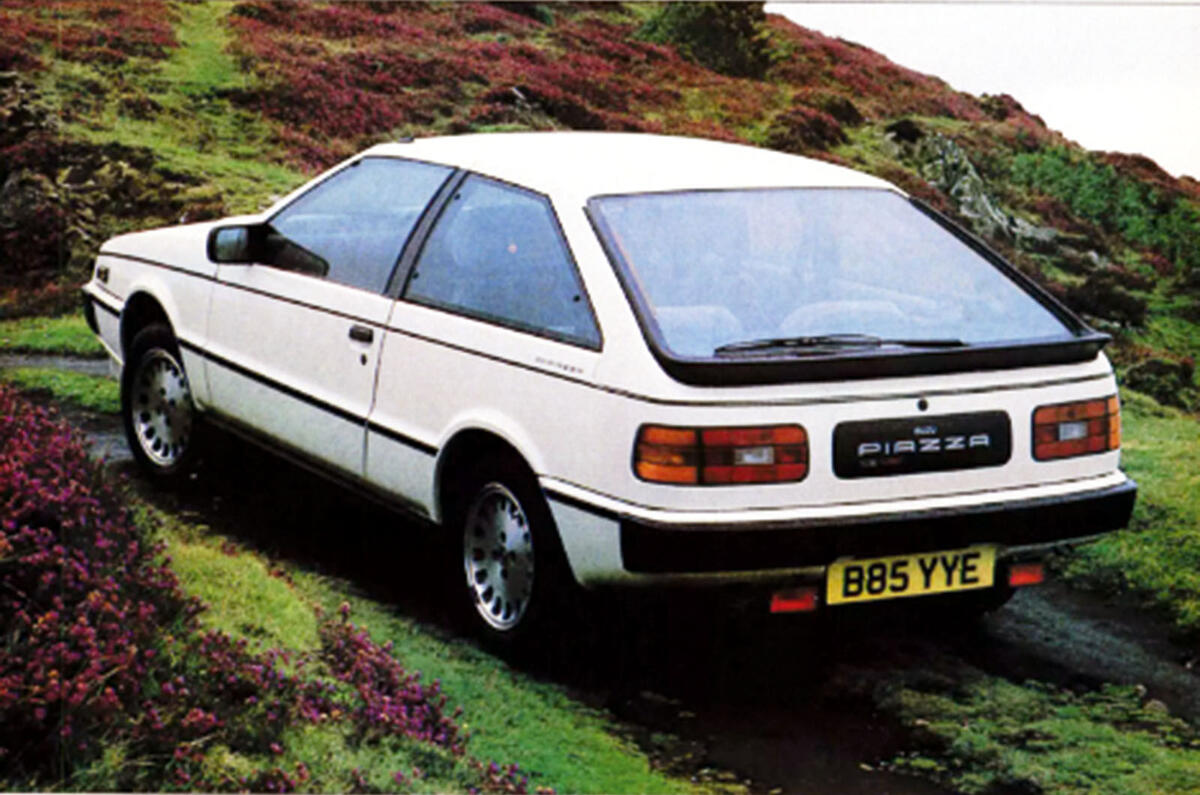
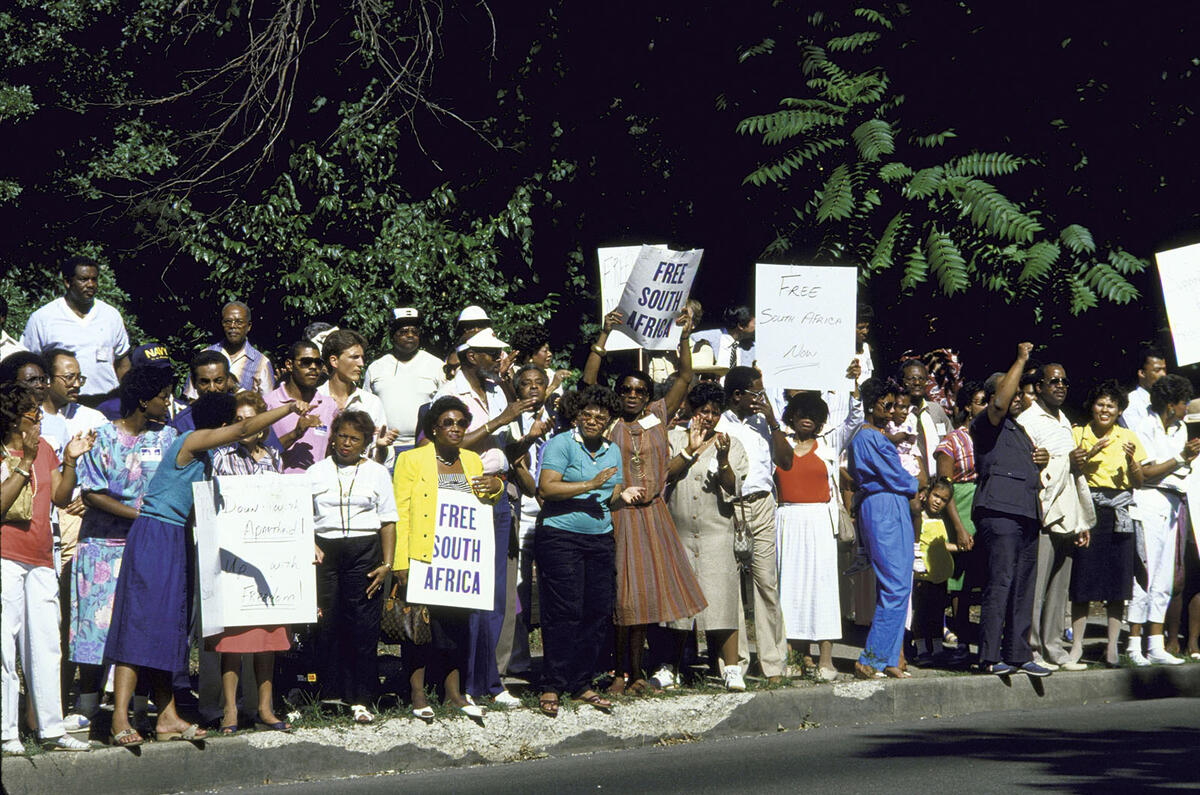
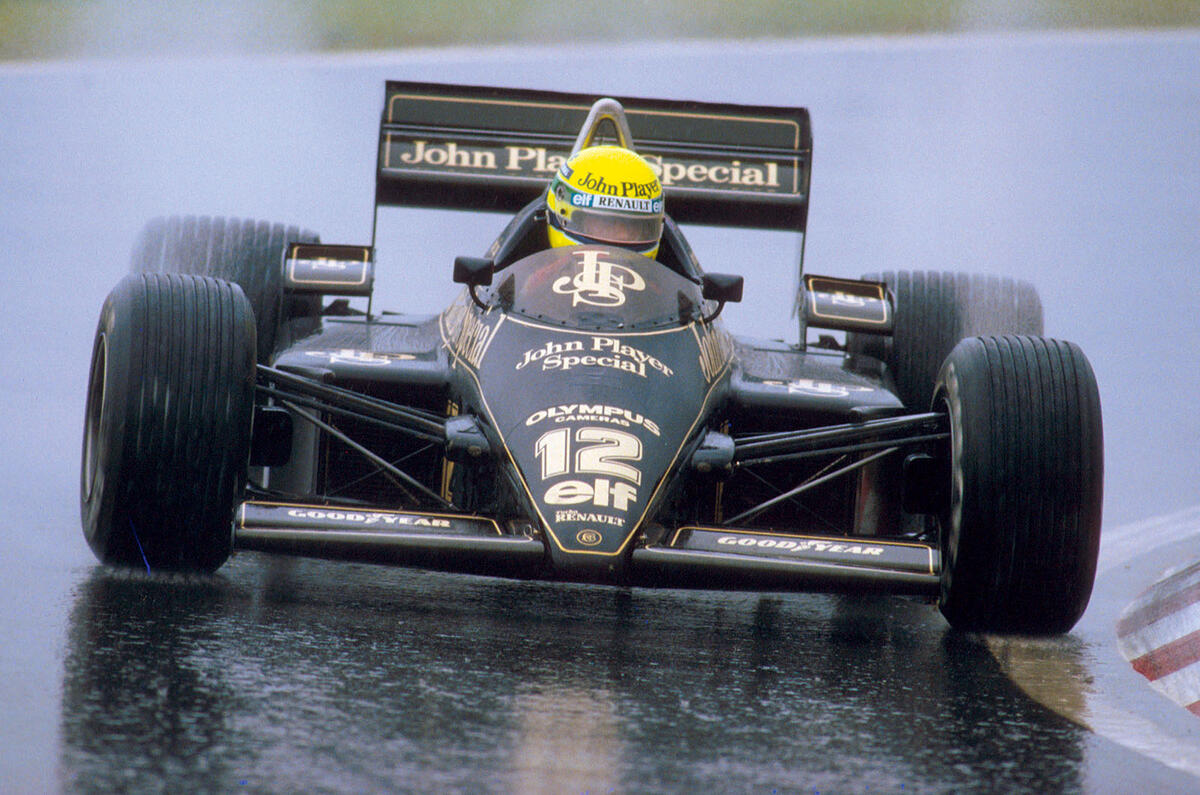
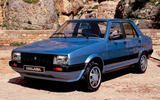
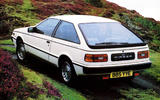

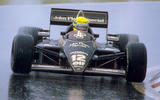


Add your comment